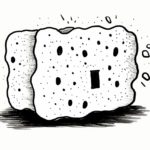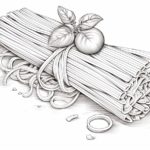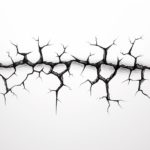Welcome to this step-by-step guide on how to draw a vessel. Whether you are an aspiring artist or simply looking for a creative outlet, drawing can be a wonderful way to express yourself. In this article, I will provide clear and concise instructions on how to draw a vessel from start to finish. By following these steps, you will be able to create a beautiful and realistic representation of a vessel. So let’s get started!
Materials Required
Before we begin, let’s gather the materials you will need for this drawing:
- Drawing paper
- Pencil (preferably HB or 2B)
- Eraser
- Ruler
- Compass (optional)
- Reference image of a vessel (can be found online or in books)
Now that you have everything you need, let’s dive into the step-by-step process of drawing a vessel.
Step 1: Sketching the Outline
Start by lightly sketching the basic outline of the vessel using your pencil. Pay attention to the proportions and shape of the vessel. You can use a ruler to help you create straight lines and a compass to achieve perfect circles if needed. Remember, this initial sketch is just a guide, so make sure to keep your lines light and easy to erase.
Step 2: Adding Details
Once you are satisfied with the overall shape of the vessel, proceed to add more details. Observe the reference image and carefully draw in any distinctive features, such as handles, spouts, or decorative elements. Take your time to ensure accuracy and pay attention to the placement and proportions of these details.
Step 3: Shading
Now it’s time to add depth and dimension to your drawing by shading. Start by identifying the direction of the light source in your reference image. This will determine where the shadows will fall on the vessel. Use your pencil to lightly shade these areas, gradually building up the darkness as needed. Pay close attention to the variations in value and the subtle transitions between light and shadow.
Step 4: Creating Texture
To make your vessel drawing more realistic, you can add texture to certain areas. Take a closer look at your reference image and identify any textures, such as cracks or patterns, on the surface of the vessel. Use your pencil to create these textures, paying attention to the direction of the lines and the overall pattern. Be careful not to overdo it, as too much texture can distract from the overall composition.
Step 5: Refining and Finalizing
At this stage, take a step back and assess your drawing as a whole. Look for any areas that may need refinement or adjustment. Use your eraser to clean up any unwanted lines or smudges. Make any necessary adjustments to the proportions or details to ensure accuracy. Take your time to make sure you are satisfied with the final result.
Conclusion
Drawing a vessel can be a rewarding and enjoyable experience. By following these step-by-step instructions, you have learned how to sketch the outline, add details, shade, create texture, and refine your drawing. Remember to be patient with yourself and practice regularly to improve your skills. So grab your materials and start drawing! With practice, you will be able to create stunning vessel drawings that showcase your artistic talent.









